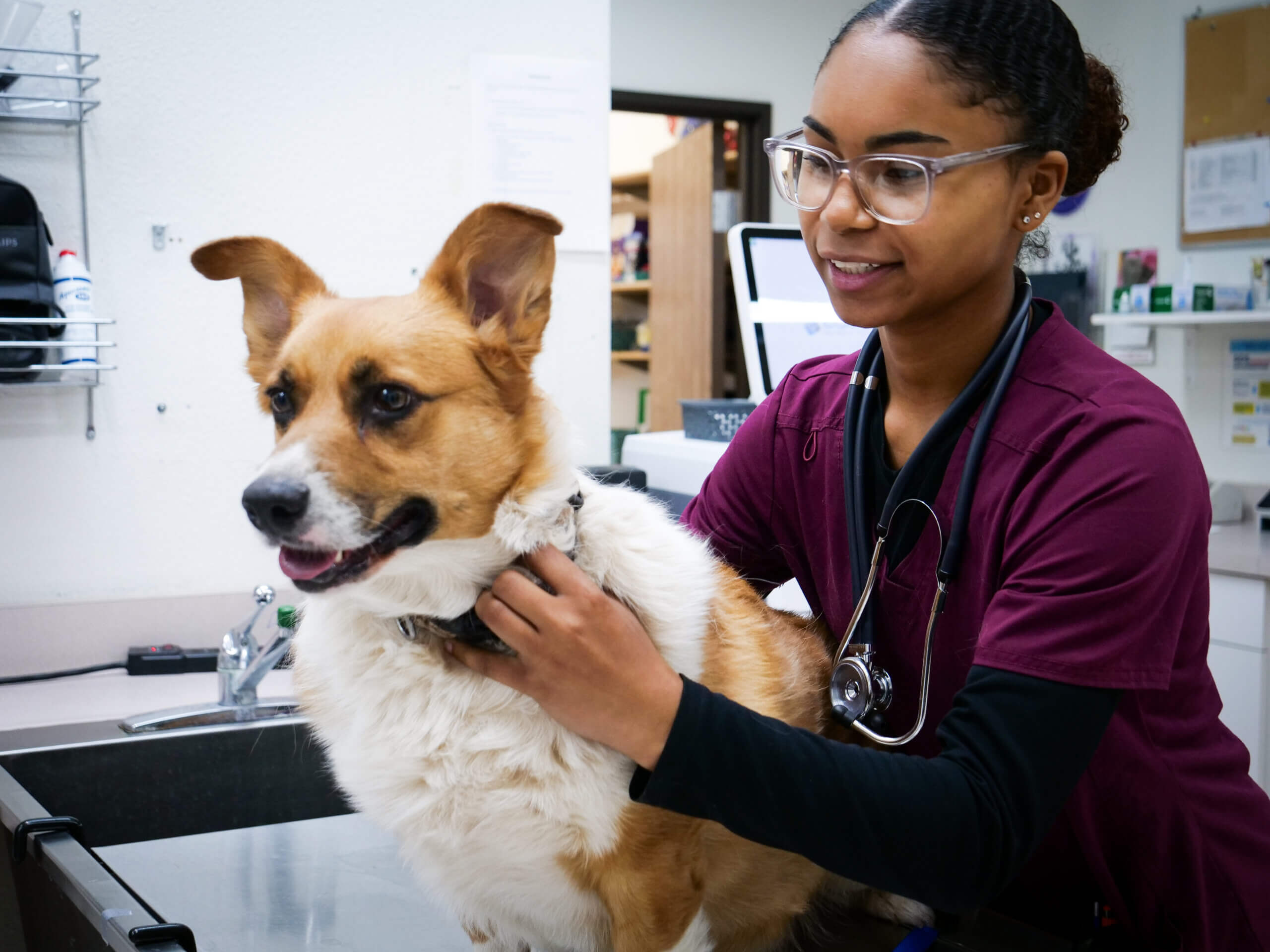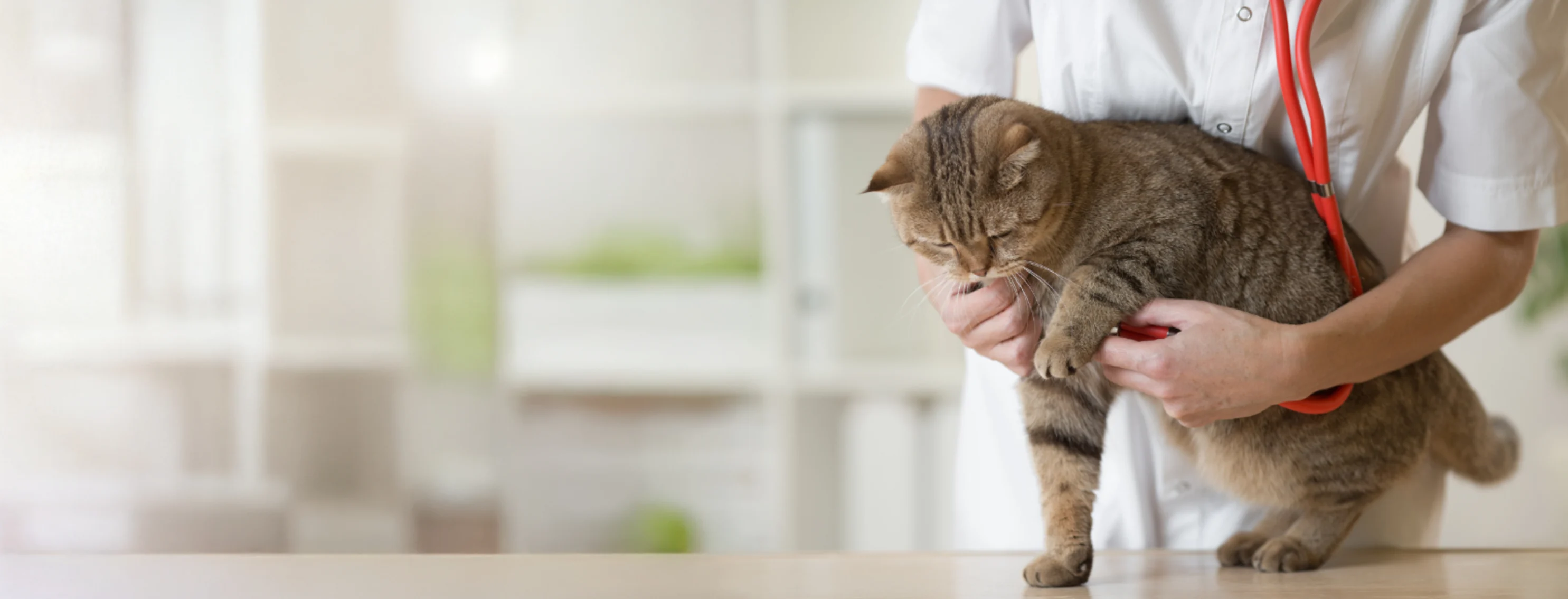What Makes canine tplo surgery a Game-Changer for Active Dogs
What Makes canine tplo surgery a Game-Changer for Active Dogs
Blog Article
Everything About Veterinarian Surgical Treatment: Recognizing the Significance of Professional Care for Your Family pets
Vet surgery is a vital part of pet dog healthcare. It encompasses various procedures, from routine elective surgeries to immediate treatments. Understanding the details of these surgical treatments can help pet dog proprietors make informed decisions. The preparation, implementation, and recuperation stages are crucial for making sure the health of pets. With correct knowledge, owners can navigate the intricacies of veterinary treatment. What variables should be taken into consideration prior to a family pet goes through surgery?
Sorts Of Veterinarian Surgeries
When a family pet needs surgical intervention, comprehending the different types of vet surgical procedures can assist pet owners make informed choices. Veterinary surgical procedures can be broadly categorized into three main kinds: optional, immediate, and emergency situation surgical procedures. Optional surgeries, such as spaying or neutering, are planned treatments that are not right away life-threatening. Urgent surgeries, like those for international body removal, have to be performed soon yet are not life-threatening in the minute. Emergency situation surgical procedures, such as those addressing severe injury or interior blood loss, are crucial and require instant attention.Additionally, surgical treatments can vary in intricacy, ranging from minimally intrusive laparoscopic treatments to much more considerable open surgical treatments. Each type of surgical treatment lugs its very own threats and recuperation procedures. Understanding these classifications enables pet owners to take part in meaningful discussions with veterinarians, bring about better results for their beloved family pets.
Preparing for Your Family pet's Surgical procedure
Getting ready for an animal's surgical procedure entails a thorough checklist to ensure all essentials are covered. Efficient communication with the vet is essential for comprehending the treatment and any essential pre-operative actions - animal emergency care bellingham. Furthermore, having clear post-operative treatment directions will assist owners provide the finest support for their recovering pet dogs
Pre-Surgery List Fundamentals
Ensuring a smooth medical experience for an animal calls for careful prep work and focus to detail. A pre-surgery checklist is necessary for pet dog proprietors to adhere to. Confirming the set up surgery date and time is essential. Owners need to also confirm that their pet has actually not eaten according to the veterinarian's directions, generally for 8-12 hours before surgery. Gathering essential medical records, including inoculation history, is important for the veterinarian's testimonial. It is additionally suggested to prepare a comfortable area at home for the pet dog's recovery after surgical treatment. Owners need to have a strategy for transportation to and from the veterinary center, making certain that the pet dog is secure and comfy throughout the journey. Adhering to these actions can greatly boost the medical experience.
Connecting With Your Vet

Efficient communication with the vet is crucial for an effective surgical experience for pets. Proprietors ought to be prepared to review their animal's clinical background, consisting of any pre-existing conditions, drugs, and allergies. This information aids the vet assess threats and tailor the surgical plan accordingly. In addition, pet proprietors ought to ask questions relating to the procedure, anesthesia, and expected end results to guarantee they completely recognize the procedure. Clarifying any type of doubts can reduce stress and anxiety for both the family pet and the owner. It is additionally vital to interact any behavior changes or problems observed in the family pet leading up to the surgical treatment. Ultimately, clear discussion promotes trust fund and cooperation, making certain that pet dogs receive the very best feasible treatment throughout their surgical trip.
Post-Operative Care Directions
After talking about the operation with the vet, pet proprietors should concentrate on post-operative care instructions to help with a smooth recuperation for their pet dogs. These directions usually consist of keeping track of the surgical website for indications of infection, such as inflammation or discharge. Animals may require to be kept one's cool and restricted to stop excessive motion that could disrupt healing. Pain administration is important, so owners ought to comply with the veterinarian's support on carrying out medicines. In addition, dietary restrictions may be recommended to stay clear of gastrointestinal upset. Normal follow-up consultations are vital to ensure appropriate healing and address any worries. By adhering to these post-operative treatment guidelines, pet owners can significantly contribute to their pet dog's recuperation and general health.
The Surgery Explained
The surgery for family pets incorporates critical steps that guarantee their safety and security and healing. Pre-surgery preparations are essential for lessening threats, while post-operative treatment standards play a vital duty in promoting healing. Understanding these components aids family pet proprietors browse the medical experience more effectively.
Pre-Surgery Preparations
Prior to an animal undergoes surgery, several important preparations should happen to ensure a risk-free and effective treatment. A detailed veterinary assessment is crucial to analyze the family pet's total wellness and determine any type of prospective dangers. This may include blood examinations, imaging, or other diagnostics. The veterinarian will likewise go over anesthesia choices tailored to the animal's details needs. Furthermore, animal proprietors are commonly instructed to keep food and water for a specified time before surgical procedure to lessen the danger of complications during anesthetic. It is very important for owners to provide a full case history, consisting of any type of medicines or allergic reactions, guaranteeing the surgical group has all necessary information. Appropriate communication and adherence to pre-surgery guidelines can greatly enhance the outcome of the treatment.
Post-Operative Care Guidelines
Correct post-operative treatment is important for making certain an animal's recovery adhering to surgical treatment. After the treatment, pet dogs ought to be checked very closely for any type of indications of problems, such as extreme bleeding, swelling, or unusual actions. It is very important to follow the vet's guidelines pertaining to medicines, consisting of pain relievers and anti-biotics. Pets should be kept in a silent, comfortable environment to decrease stress and anxiety and advertise recovery. Limiting activity is crucial; short, leashed strolls might be needed, however jumping or running ought to be stayed clear of. Routine follow-up visits should be scheduled to assess the healing process. Additionally, the surgical website has to be kept clean and completely dry, with any type of signs of infection reported to a vet immediately. Sticking to these standards improves healing end results.
Anesthesia and Pain Monitoring
Reliable anesthesia and pain administration are crucial parts of veterinary surgery, ensuring that pet dogs stay comfortable and risk-free throughout the treatment. Veterinarians assess each family pet's individual needs, taking into consideration aspects such as er vet near me age, weight, health and wellness condition, and the kind of surgery being performed.Anesthesia methods commonly consist of a combination of pre-anesthetic medications, induction representatives, and inhalant anesthetics, allowing for specific control over the animal's level of consciousness. Monitoring throughout surgery is essential; veterinarians continuously observe important indicators to address any type of potential complications promptly.Pain management techniques may entail opioids, non-steroidal anti-inflammatory drugs (NSAIDs), and anesthetics, customized to the pet's certain scenario. This multifaceted technique helps reduce discomfort and promotes a smoother medical experience. By prioritizing reliable anesthetic and discomfort management, veterinary experts enhance the general well-being of pet dogs undergoing procedures, guaranteeing they get the greatest standard of treatment.
Post-Operative Treatment and Recuperation
Adhering to surgical treatment, the focus shifts to post-operative care and recovery, which is crucial for ensuring a pet dog's safe return to typical tasks. During this duration, family pets need a peaceful, comfortable setting to help recovery. Owners must closely check their animals for any kind of signs of discomfort or uncommon behavior.Veterinary guidelines typically consist of certain guidelines associated with medication administration, injury treatment, and dietary modifications. It is important to follow these suggestions to decrease difficulties and advertise healing. Family pets may need to be limited from vigorous activities, such as running or leaping, throughout their healing period (veterinary cardiologist near me).Regular follow-up visits with the vet permit monitoring of the pet's progression and timely modifications to the care strategy. Supplying emotional support and companionship can additionally enhance a pet's healing experience, assisting to ease tension and stress and anxiety. Generally, thorough post-operative care plays a substantial duty in accomplishing a successful recuperation
Identifying Difficulties After Surgical Procedure
Just how can family pet proprietors recognize complications after surgical treatment? Awareness of details indications is important for making certain the wellness of pets throughout recuperation. Common indicators consist of too much swelling, redness, or discharge at the medical website, which may signify infection. In addition, relentless discomfort, indicated by yawping or reluctance to relocate, must prompt instant interest. Modifications in appetite or water intake can additionally suggest problems; a decrease in these actions may signify pain or distress.Moreover, pet owners must check their pet dogs for any kind of uncommon habits, such as sleepiness or problem breathing, as these can be indications of significant issues. Vomiting or looseness of the bowels adhering to surgery may need immediate vet analysis. Identifying these issues early can greatly impact a pet's recuperation procedure, emphasizing the significance of vigilance and punctual interaction with a vet for any concerning signs.
The Duty of Vet Professionals in Surgical Care
Vet specialists play a vital duty in guaranteeing the security and success of surgical procedures for family pets, especially following surgical treatment when monitoring and treatment are vital. These specialists include veterinarians, vet specialists, and support staff, all of whom contribute specialized abilities to the surgical process.Before surgical treatment, veterinarians carry out thorough assessments to analyze the family pet's wellness, guaranteeing that any hidden problems are managed. Throughout the procedure, the surgical group gives anesthesia, keeps sterilized atmospheres, and keeps track of vital indications, very important for decreasing risks.Post-operative treatment is equally considerable; vet experts observe for issues, handle pain, and overview owners on recovery techniques. Their knowledge enables them to acknowledge content early indicators of distress or infection, ensuring prompt intervention. you could try here Inevitably, the collaborative initiatives of vet experts in medical treatment foster a risk-free setting, promoting the well-being of animals throughout the surgical journey.

Frequently Asked Concerns
Just how Do I Select the Right Vet Doctor for My Pet dog?
Choosing the appropriate vet doctor includes researching credentials, checking out evaluations, and evaluating the center's setting. It is necessary to review the cosmetic surgeon's experience with particular treatments and their communication style when making a decision.
What Are Typical Misconceptions About Vet Surgeries?
Usual false impressions regarding veterinarian surgical procedures consist of ideas that they are always risky, unnecessary, or for emergency situations. Several family pet owners undervalue the benefits of preventative procedures and the skill included in veterinary surgical care.
How Much Will My Animal's Surgical procedure Expense?
The price of a family pet's surgery can vary substantially based on variables such as the sort of treatment, the veterinarian's experience, and geographical location (tplo surgery). Normally, costs vary from a few hundred to several thousand bucks

Can My Family Pet Eat Before Surgical Procedure?
Prior to surgical treatment, it is typically suggested that pets refrain from consuming for a particular duration. This fasting aids minimize the risk of issues during anesthetic. Owners need to consult their veterinarian for exact instructions tailored to their family pet's requirements.
What happens if My Family Pet Has Pre-Existing Health Conditions?
When a pet dog has pre-existing health problems, it's crucial for the vet to evaluate these factors prior to surgical treatment. This assessment guarantees ideal preventative measures are taken, decreasing dangers and maximizing the animal's total safety throughout the procedure.
Report this page